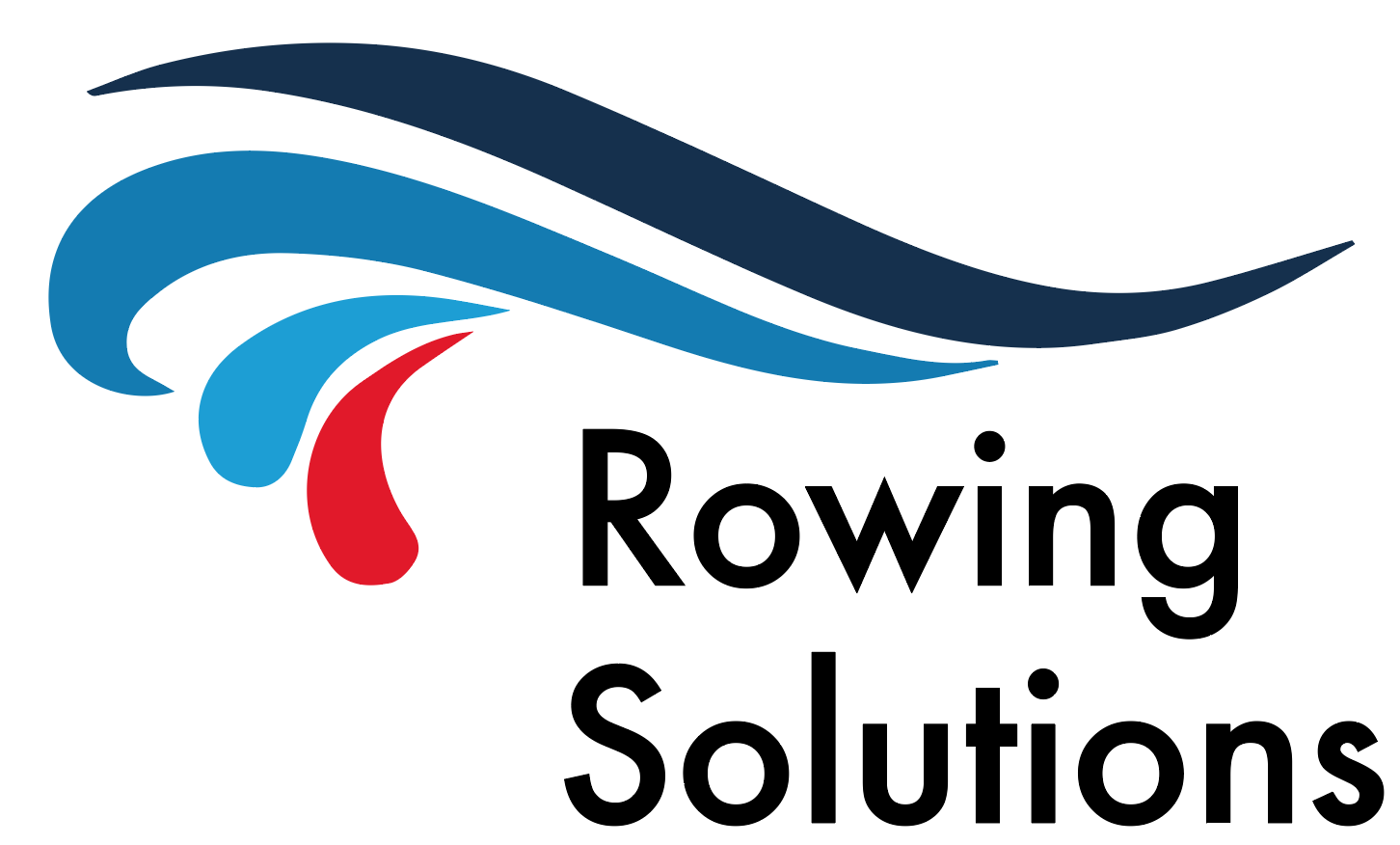
Going Electric
More than ever, it is important to protect our environment!
-
To understand the mechanics of using an electric coaching launch, it is important to grasp some of the basic physics involved in propelling a launch. The heavier the launch (including people), the more it sinks into the water and the greater the drag becomes. The narrower and shorter the boat the less drag there is on a hull, which is why rowing and canoeing shells are made narrow and long enough just to carry the weight of the crew.
Science tells us that the drag on a boat is directly proportional to the square of the velocity at which it is travelling. So, for a boat travelling at 10 miles per hour, the drag is proportional to 10 x 10 = 100. For the same boat travelling at 11 miles per hour, the drag is proportional to 11 x 11 = 121. So, in simple terms, to go from 10 to 11 mph, 20+ per cent more power is required to propel the same boat. The lesson from this simple rule is that the lighter the boat and crew and the more hydrodynamic (shorter and narrower) the boat, the faster the boat will go with less power required.
Gasoline outboards is how to effectively store enough energy on the boat to complete a coaching session. A gasoline fuel tank holds several hours of energy whereas an electric powered coaching launch requires either a battery or an electric power line (normally unaffordable). For electric coaching launches, a battery is currently the most realistic solution, which leads to the complex questions: What type of battery and how much power is actually needed to be stored on the launch to run a coaching session? Most clubs have existing Jon-boats or catamarans using anywhere between 15 to 40 HP engines depending on the boat type and drag coefficient. The reason for having a high-horsepower engine is to keep up with a crew when it is rowing at top speed. In reality, to keep up with the fastest Olympic Eight, the launch is required to work at high speed for around five-and-a-half minutes. Most coaching is actually carried out at speeds requiring significantly less power, well under half the power of the engine typically fi:ed.
In the last few years, there have been significant advances made in battery design. Historically, most heavy-duty batteries were Lead acid batteries but, today, many new batteries are being designed around Lithium. Lead acid batteries compared to Lithium are relatively cheap: they can deliver a lot of power for short periods and they are more or less simple to recharge. The downsides to using Lead acid batteries for coaching launches are that they are physically heavy and they do not like deep-cycle discharges as this leads to a limited duty-cycle. (If you regularly discharge a Lead acid battery to a low voltage , it quickly starts to fail.) Ostensibly, Lead acid batteries are a nonstarter as a solution for electric coaching catamarans based on the duty-cycle and physical weight of the batteries required to power even a relatively small coaching launch
-
Lithium batteries, on the other hand, are significantly lighter than Lead acid batteries and can deliver similar power with much more consistency between recharging; they also have a significantly longer deep-discharge duty-cycle if properly charged. This means they could easily last 20 <mes longer than a Lead acid battery in a similar heavy-duty coaching cycle. Lithium batteries can also be recharged quicker than a typical Lead acid battery. The disadvantages of Lithium batteries, however, are that they are much more expensive to buy, they can usually cost at least eight <mes more than a good-quality Lead acid battery; and they require more sophisticated and expensive recharging equipment because they can be recharged quicker than Lead acid batteries. They also generally have a lower peak-power output than a similar-sized Lead acid battery, although the peak-power is much more consistent with Lithium cells.
Moreover, Lithium Phosphate batteries have been refined in recent years and are proven to be safe and effective for coaching catamaran applications. “They tick all the boxes”: they are lightweight (a typical 48-Volt 105-Ah Lithium Phosphate battery pack weighs approximately 100lbs or a li:le under 50kg, versus a similar Lead acid pack's 500+ lbs or 240kg) and offer multiple recharging cycles (typically, several thousand) and they can be charged with a conventional battery charger, which is relatively inexpensive.
Lithium Phosphate batteries also have the latest built-in BMS (Battery Management System) technology to protect the battery from over-voltage and complete drain. Some of the be:er-quality batteries have their own app for iPhone and Android so that battery status can be monitored and the user even gets a message when the battery falls to 30% charge.
compatible with the BMS, designed for the application and the battery, and not an off-the- shelf battery, as this will not provide the best performance. In addition, when choosing Lithium Phosphate batteries, it is important to consider the type of cells required in the battery for the application.
prisma<c. The cylinder cells, by default, have 120 cells per battery all connected with two wires, so 240 connections per battery. With so many connections, if one fails the whole battery fails. The sachet cells are as they sound, cells in a packet. They do not particularly like vibra<on and constant movement. A prismatic cell is the largest single cell, i.e. one battery that has 4 prisma<c cells with 8 connections. They tend to be the best op/on due to larger single cells, fewer connections and are better designed for the application.
To electrify coaching launches, clubs will have to come to terms with what kind of coaching catamarans they will be able to convert to electric. This decision will likely be based on the cost of the batteries and vaerity recharging equipment, and how often a club intends using its launches each season.
